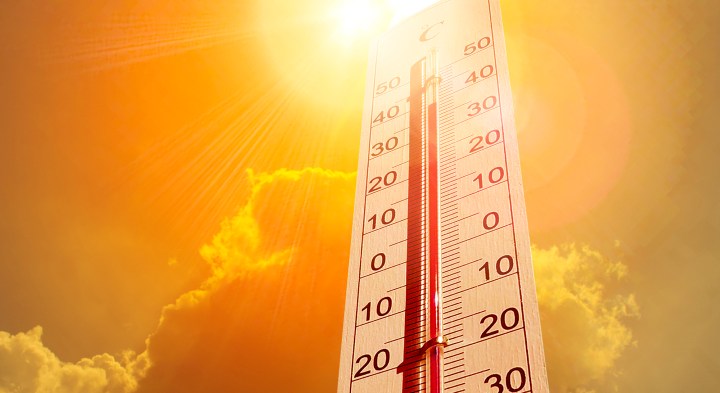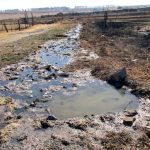BURN, THE BELOVED COUNTRIES
It’s here — El Niño has finally arrived, according to US National Weather Service

El Niño has officially arrived, according to Noaa’s Climate Prediction Centre, a division of America’s National Weather Service. This bodes ill for Southern Africa as the system typically heralds drought in this region, and this one could be a scorcher.
“The expected El Niño has emerged,” the US National Weather Service said in a statement.
In its monthly outlook, the Climate Prediction Centre of the National Oceanic and Atmospheric Administration (Noaa) said that El Niño conditions are now present and expected to strengthen as 2023 progresses.
“In May, weak El Niño conditions emerged as above-average sea surface temperatures (SSTs) strengthened across the equatorial Pacific Ocean,” the outlook said.
The warming of SSTs in the tropical eastern Pacific is the trigger for El Niño. Its polar opposite, La Niña, which arises from the cooling of such waters, ended a few months ago after a three-year run that drenched much — with some glaring exceptions — of South Africa with abundant rains, boosting crop production.
El Niño’s 2014-2016 event blazed a path of misery across South Africa and its neighbours, leaving a parched landscape in its wake as it hammered the staple maize and other crops while decimating livestock herds and game.
And this one has formed against the backdrop of record temperatures on various fronts linked to human-induced climate change.
Noaa said in May that the Southern Hemisphere in April had its warmest month on record and that overall it was the fourth warmest April on record. Global ocean temperatures also set a record high for April.
Read more in Daily Maverick: Nasa reports early signs of El Niño formation that could herald drought in SA
An official with the US space agency Nasa warned last month that if this El Niño is a “big one, the globe will see record warming.”
And the fossil fuel forces that are burning our planet are showing few signs of abating, even as the green energy transition gets underway.
Noaa said on 5 June that CO2 levels measured at its Mauna Loa Atmospheric Baseline Observatory in Hawaii “averaged 424.0 parts per million (ppm) in May, the month when CO2 peaks in the Northern Hemisphere. That is an increase of 3.0 ppm over May 2022, and represents the fourth-largest annual increase in the peak of the Keeling Curve in Noaa’s record.”
The Keeling Curve is a daily record of global atmospheric carbon dioxide concentration maintained by Scripps Institution of Oceanography at the University of California San Diego. Ominously, Noaa said this “continued a steady climb further into territory not seen for millions of years … Carbon dioxide levels are now more than 50% higher than they were before the onset of the industrial era.”
Most of South Africa is expected to have a wetter than usual winter season this year, as well as unseasonably warm temperatures.
Read more in Daily Maverick: As El Niño looms, South Africa – including the southwest – looks set for a wet winter
For the next summer season, it looks like things may really heat up. DM
To read all about Daily Maverick’s recent The Gathering: Earth Edition, click here.




















 Become an Insider
Become an Insider
Someone needs to tell the SA government. Beware; they can’t or don’t read.